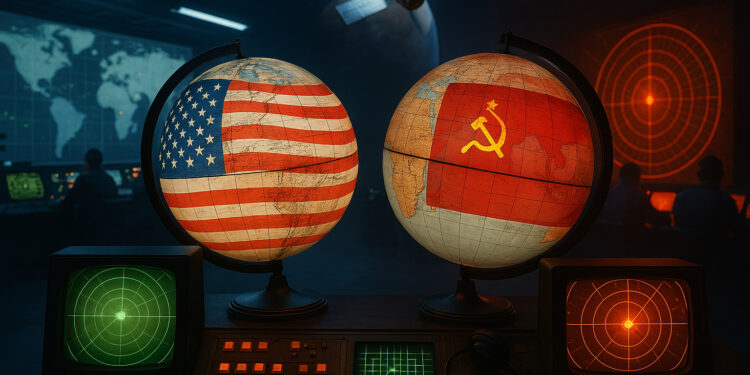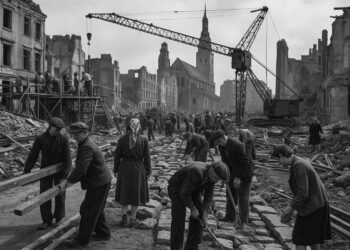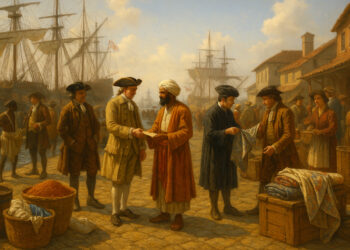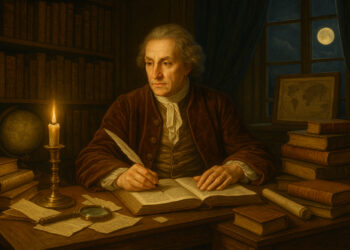The Cold War was not defined by a single battle, but by decades of rivalry, innovation, and ideological contrast. It was a period when two global powers — each representing opposing visions of the world — competed for dominance without direct warfare. From espionage and propaganda to technological breakthroughs, the Cold War reshaped global politics, science, and society. It was an era of tension, but also of triumph — where fear and progress existed side by side.
The Battle of Ideologies
At its heart, the Cold War was a conflict of ideas. The two leading powers represented contrasting systems — one built on capitalism and democracy, the other on centralized control and socialism. Each sought to expand its influence through alliances, aid programs, and strategic partnerships. The tension wasn’t just military; it was cultural and psychological. Education, art, and media all became tools of persuasion in a global contest for hearts and minds.
The Arms and Space Races
The Cold War spurred an unprecedented era of technological competition. The arms race led to the development of nuclear weapons, intercontinental missiles, and defense systems capable of reshaping the world’s balance of power. At the same time, the space race turned the sky into a new frontier. The launch of satellites, manned missions, and the first human steps on the moon symbolized both rivalry and the limitless potential of science. What began as a race for supremacy ultimately advanced human knowledge and exploration.
Espionage and Intelligence
Behind the political speeches and global summits, a shadow war unfolded. Espionage became a defining feature of the Cold War, with intelligence agencies working relentlessly to uncover secrets and gain strategic advantage. Spies, codebreakers, and informants became silent actors in shaping global events. The era’s most famous spy stories weren’t just tales of intrigue — they revealed the deep mistrust that governed international relations at the time.
Culture in the Shadow of Conflict
While tension defined politics, art and culture reflected resilience and hope. Literature, film, and music of the era often explored themes of paranoia, identity, and survival. From satirical comedies to cautionary science fiction, creative works captured the uncertainty of living under constant threat. Ironically, the rivalry between powers also fueled innovation in education, technology, and media — transforming how people learned, communicated, and created.
The End of an Era
The Cold War didn’t end with a single event but through gradual diplomacy, shifting economies, and social change. The fall of political barriers and the easing of nuclear tensions marked a new chapter in world history. When the era finally closed, it left behind lessons about cooperation, competition, and the cost of fear. The global community emerged more interconnected — aware that progress and peace must coexist.
Conclusion
The Cold War era remains one of history’s most complex periods — a time when humanity’s greatest fears collided with its greatest achievements. It pushed science to new heights, tested political resilience, and revealed both the fragility and strength of global unity. Out of tension came transformation. The legacy of that era reminds us that even in competition, the pursuit of knowledge and peace can lead to triumph.












